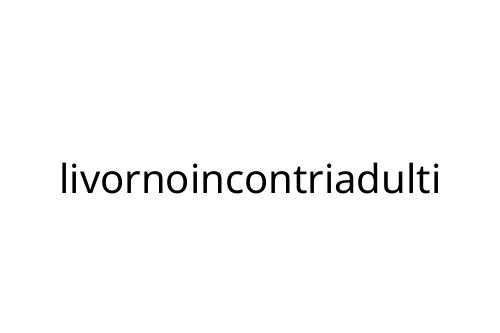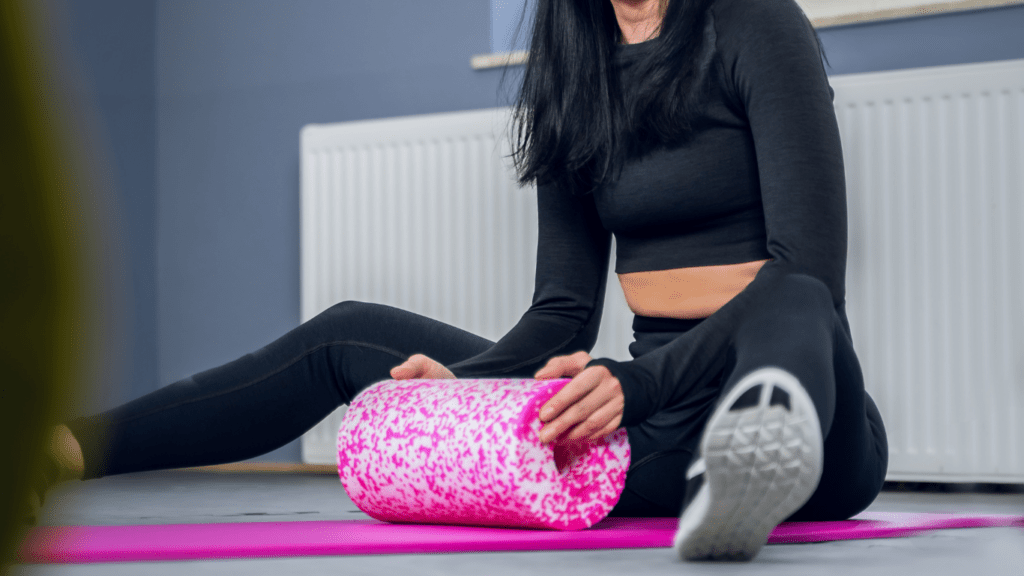Understanding Foam Rollers
Foam rollers play a vital role in muscle recovery by aiding the release of tension through self-myofascial release (SMR). These cylindrical tools improve blood circulation, increase flexibility, and reduce muscle soreness. Constructed from foam materials, they vary in density to suit different recovery needs.
Types of Foam Rollers
- Standard High-Density Rollers
High-density foam offers deep tissue massage beneficial for substantial muscle relief. Examples include basic models by brands like AmazonBasics and LuxFit. - Textured Rollers
Surface bumps and ridges mimic a therapist’s hands, targeting knots and trigger points more effectively. The Rumble Roller exemplifies textured rollers popular for intense muscle breakdown. - Vibrating Foam Rollers
Advanced models incorporate vibration, aiming to enhance SMR benefits by providing additional muscle stimulation. Popular choices include Hyperice’s Hypervolt and NextRoller’s vibrating options.
- Blood Flow Improvement: Foam rolling enhances circulation, which accelerates nutrient delivery to muscles and aids waste removal.
- Flexibility and Range of Motion: Regular use increases flexibility by relaxing muscle tightness and expanding joint movement.
- Diminished Muscle Soreness: Besides preventing injury, foam rolling accelerates recovery and mitigates delayed onset muscle soreness (DOMS).
Understanding how foam rollers function aids in making informed decisions about which type fits individual recovery goals.
Benefits of Foam Rolling for Recovery
Foam rolling offers a range of benefits, making it a popular choice for muscle recovery strategies. Through consistent use, foam rollers enhance various aspects of physical performance and recovery.
Improved Blood Circulation
Foam rolling enhances blood circulation by applying pressure to muscles, which compresses and releases tissue. This action increases blood flow and promotes oxygen delivery and nutrient transport to the muscles. Increased circulation aids in faster recovery and reduces the risk of injury.
Reduced Muscle Soreness
Muscle soreness often follows intense workouts, but foam rolling mitigates this discomfort. The rolling action breaks up adhesions and releases tension, reducing delayed onset muscle soreness (DOMS). Regular use helps muscles feel less tender and more ready for the next session.
Enhanced Flexibility
Foam rolling significantly improves flexibility. By targeting tight areas and releasing built-up tension, foam rolling increases the range of motion. Improved flexibility contributes to better performance and reduced injury risk, aligning with recovery and fitness goals.
Types of Foam Rollers

Foam rollers come in various forms, each designed to address specific recovery needs. Understanding these types helps in choosing the most effective tool for individual recovery goals.
- Standard Foam Rollers
Standard foam rollers are basic yet effective, made from high-density foam. They’re ideal for beginners looking to improve blood circulation and flexibility. These rollers provide firm pressure, suitable for both large muscle groups and targeted areas.
- Textured Foam Rollers
Textured foam rollers add an extra dimension with ridges and knobs. They mimic a massage therapist’s hands, targeting specific muscle knots and adhesions. This design aids in breaking down deeper muscle tension, offering greater muscle stimulation for seasoned users.
- Vibrating Foam Rollers
Vibrating foam rollers offer advanced muscle recovery by combining pressure with vibration therapy. They’re equipped with multiple vibration settings to enhance muscle relaxation and increase circulation. Perfect for athletes who require a more intensive recovery session, they help reduce soreness and improve mobility.
Factors to Consider When Choosing a Foam Roller
Choosing the right foam roller can significantly enhance your recovery routine. Understanding key factors ensures it suits your specific needs effectively.
Density and Material
Density affects the pressure applied during use. High-density foam rollers offer deeper tissue massage, ideal for athletes needing intense muscle work. Medium-density options provide moderate pressure, suitable for both beginners and regular users. Material impacts durability and comfort, with EVA foam being popular for its firm texture and durability.
Size and Shape
Size and shape influence the roller’s adaptability for different muscle groups. Longer rollers, around 36 inches, work well for full-body exercises. Shorter pieces, about 12 inches, allow for targeted rolling, especially for calves and arms. Cylindrical rollers are versatile, while contour or peanut-shaped designs cater to specific areas, like the spine and neck.
Portability
Portability is crucial for those who travel or visit gyms frequently. Lightweight rollers are easier to carry but may compromise on density. Compact designs, such as half-size rollers, are excellent for saving space in bags. Some models include travel bags, enhancing convenience and protecting the roller during transport.
Top Foam Rollers on the Market
Exploring top foam rollers uncovers options that significantly enhance muscle recovery. Each product offers unique features designed for specific recovery needs, helping users make informed decisions.
Product 1: Features and Benefits
The TriggerPoint GRID Foam Roller stands out for its multi-density surface, promoting effective muscle relaxation. It’s 13 inches long, making it versatile for various muscle groups. Users benefit from the patented design that mimics a professional massage therapist’s hands, facilitating targeted muscle release. Durable EVA foam construction supports consistent performance without breaking down over time, ensuring longevity and value.
Product 2: Features and Benefits
The OPTP PRO-Roller Soft Density offers a gentle yet effective approach to SMR, making it ideal for beginners or those with sensitive muscles. Its full 36-inch length is perfect for expansive muscle groups, providing comprehensive coverage. Made from cross-linked, closed-cell foam, it resists moisture, increasing hygiene and durability. The soft density allows a comfortable massage experience while still improving blood circulation and flexibility.
Product 3: Features and Benefits
The Hyperice Vyper 2.0 Vibrating Roller delivers advanced recovery with its three intensity settings, adding vibration to traditional foam rolling. The 12-inch roller incorporates a dual-zone exterior that aids in precision targeting. Lithium-ion batteries power this device, providing over two hours of operation on a single charge, making it convenient for frequent use. It’s compact yet powerful, ideal for users seeking an enhanced recovery routine through vibration therapy.



















































 Kirstiella Wagnerson’s expertise in sports psychology has been a cornerstone of Make Athlete Action, where she has contributed valuable insights into the mental aspects of athletic performance. Her knowledge of motivation, focus, and mental resilience empowers athletes to overcome challenges and reach their goals. Kirstiella’s engaging content on mental toughness and motivation offers readers practical strategies to boost their mindset, helping them stay motivated and focused. Her dedication to the psychological well-being of athletes has made Make Athlete Action a comprehensive platform for both physical and mental fitness.
Kirstiella Wagnerson’s expertise in sports psychology has been a cornerstone of Make Athlete Action, where she has contributed valuable insights into the mental aspects of athletic performance. Her knowledge of motivation, focus, and mental resilience empowers athletes to overcome challenges and reach their goals. Kirstiella’s engaging content on mental toughness and motivation offers readers practical strategies to boost their mindset, helping them stay motivated and focused. Her dedication to the psychological well-being of athletes has made Make Athlete Action a comprehensive platform for both physical and mental fitness.